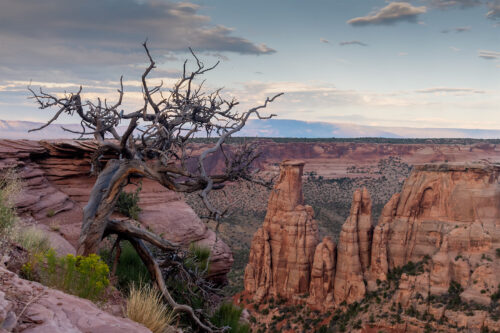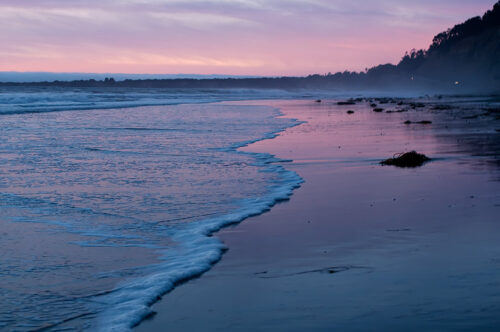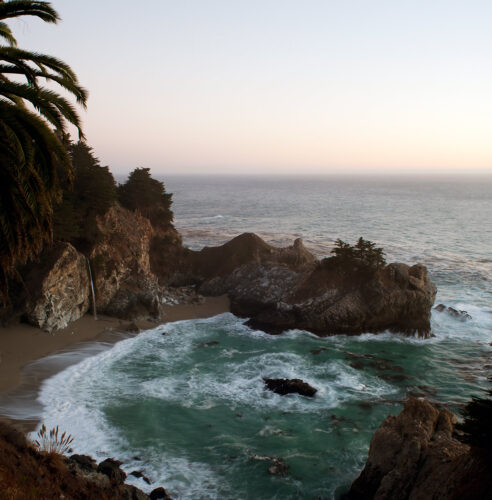Choosing The Right Equipment For Landscape Photography
When it comes to capturing stunning landscape photographs, choosing the right equipment is essential. Firstly, invest in a sturdy tripod to keep your camera steady and achieve sharp images. This tool becomes particularly crucial when shooting in low-light conditions or using longer exposure times. Next, opt for a wide-angle lens to capture the vastness and depth of the landscape. A focal length between 16mm and 35mm is ideal as it allows you to include more of the scene in your frame without distorting the image too much.
Additionally, a polarizing filter can be beneficial for landscape photography by reducing glare and enhancing colors, especially when shooting bodies of water or vibrant foliage. Lastly, consider carrying neutral density filters to control exposure in bright conditions or create long exposure effects such as smooth waterfalls or cloud streaks. Remember that selecting the right equipment will greatly enhance your ability to capture breathtaking landscapes with precision and finesse.
Mastering Composition Techniques For Captivating Landscapes
Creating breathtaking landscape photographs goes beyond capturing a beautiful scene; it requires mastering composition techniques to truly captivate viewers. One crucial aspect is the rule of thirds, which involves dividing the frame into a grid and placing key elements along the intersecting lines or at their intersections. This technique adds balance and visual interest to your images. Another technique is leading lines, where natural or man-made lines guide the viewer’s eye through the photograph, creating depth and drawing attention to important elements.
Utilizing foreground interest can also enhance landscape compositions by adding depth and a sense of scale. Understanding the concept of negative space is equally important in landscape photography. By incorporating empty spaces around your main subject, you can emphasize its beauty and create a more impactful image. Lastly, mastering perspective is essential for creating compelling landscapes. Experiment with different angles, heights, and focal lengths to add drama or highlight unique aspects of the scene.
Understanding Lighting And Timing For Stunning Landscape Shots
Mastering the art of landscape photography requires a deep understanding of lighting and impeccable timing. The quality and direction of light can make or break a landscape photograph. One key aspect to consider is the golden hour, that magical time shortly after sunrise or before sunset when the light is soft, warm, and casts long shadows. During this time, colors are more vibrant, enhancing the overall beauty of the scene.
Additionally, understanding how different types of weather affect lighting is crucial. Stormy skies can add drama and intensity to your images, while cloudy days can create a soft and diffused light that complements certain landscapes. Timing also plays a significant role in capturing stunning landscape shots. Patience is essential as it allows you to wait for that perfect moment when all elements align harmoniously – be it a breaking wave on a beach or rays of sunlight piercing through dark clouds.
Post-Processing Tips To Enhance The Beauty Of Your Landscape Photographs
Post-processing plays a crucial role in transforming your landscape photographs from good to breathtaking. While capturing stunning landscapes with your camera is essential, fine-tuning them during post-processing can truly bring out their full potential. Here are some tips to help you enhance the beauty of your landscape photographs. Firstly, pay attention to color correction and white balance adjustments. These tweaks can significantly improve the overall mood and atmosphere of your image.
Additionally, selectively enhancing specific areas using graduated filters or adjustment brushes can bring out intricate details and add depth to your landscapes. Furthermore, consider using a combination of exposure blending and HDR techniques when dealing with high contrast scenes. This method ensures that both bright highlights and dark shadows are properly exposed in the final image. Lastly, experiment with different tonal adjustments like curves, levels, and contrast to achieve the desired aesthetic for your landscape photographs.
NOTE: Some content was generated by AI.



